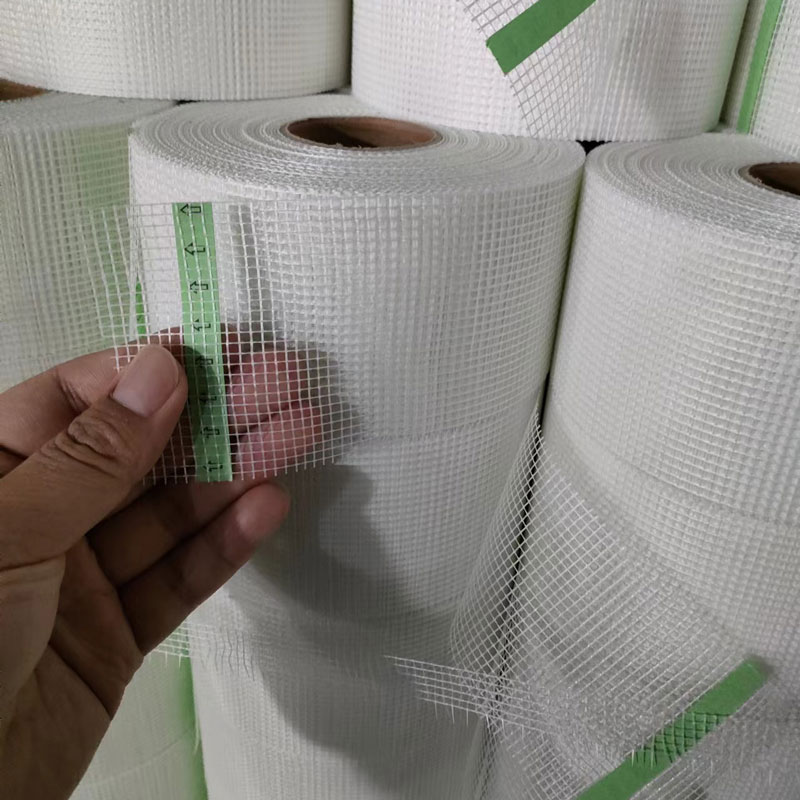
Cheap Manufacturers Fiberglass Mesh Fabric for Plastering
Looking for an inexpensive and reliable manufacturerfiberglass mesh fabric for plaster? In this article, we'll look at the key factors in choosing a supplier, compare different types of mesh and provide advice on their application so you can make an informed choice and ensure the longevity of your plaster.
Manufacturer selectionfiberglass mesh fabric for plaster: What to pay attention to?
When choosing a manufacturerfiberglass mesh fabric for plaster, it is important to consider several key factors that will affect the quality of the final product and its durability.
Selection criteria
- Reputation:Read reviews from other customers about the manufacturer.
- Certification:Ensure that products meet quality standards.
- Price:Compare prices from different manufacturers, but do not forget about quality.
- Assortment:Availability of different types of grids for different tasks.
- Delivery terms:Delivery times, minimum order quantity and payment terms.
- Technical support:Opportunity to get advice and assistance in choosing materials.
Typesfiberglass mesh fabric for plaster
There are different typesfiberglass mesh fabric for plaster, each of which is designed for specific tasks. It is important to select the correct type of mesh to ensure optimal adhesion and prevent cracking of the plaster.
Main types
- Standard mesh:Used for reinforcing plaster on flat surfaces.
- Reinforced mesh:It is used for reinforcing plaster in places with increased load (corners, slopes).
- Alkali-resistant mesh:Recommended for use with cement plasters as it is resistant to alkaline environments.
- Facade mesh:Designed for reinforcing facade plasters and has increased tensile strength.
Comparison of characteristics
| Grid type | Density (g/m2) | Cell size (mm) | Application |
|---|---|---|---|
| Standard | 55-75 | 5x5 | Reinforcement of plaster on flat surfaces |
| Reinforced | 110-160 | 5x5 or 10x10 | Reinforcement of plaster in places with increased load |
| Alkali-resistant | 60-160 | 5x5 or 10x10 | Reinforcement of cement plasters |
| Facade | 160-300 | 4x4 or 5x5 | Reinforcement of facade plasters |
Data is for reference only and may vary by manufacturer.
Tips for usefiberglass mesh fabric for plaster
Correct Applicationfiberglass mesh fabric for plasteris a key factor to ensure the durability and quality of the plaster layer.
Installation recommendations
- Prepare the surface: clean it of dirt, dust and remnants of old plaster.
- Apply the first layer of plaster about 5-10 mm thick.
- Place the mesh on the fresh layer of plaster, pressing it into the mortar.
- Make sure that the mesh is completely recessed into the plaster and does not protrude from the surface.
- Apply a second coat of plaster to completely cover the mesh.
- Smooth the surface and let the plaster dry.
Important points
- When working with cement plasters, use an alkali-resistant mesh.
- Ensure that adjacent mesh panels overlap by at least 10 cm.
- Do not pull the mesh too tightly to avoid deformation.
- Use quality tools and materials.
Where to buyfiberglass mesh fabric for plasterat a good price?
If you are looking for a reliable supplierfiberglass mesh fabric for plaster, we recommend paying attention to the companyHebei Blue Diamond International Co.,Ltd. They offer a wide range of products at competitive prices and guarantee high quality.
Advantages of cooperation with Hebei Blue Diamond International LLC
- Wide rangefiberglass mesh fabric for plastervarious types and densities.
- High quality products, confirmed by certificates.
- Competitive prices.
- Prompt delivery throughout Russia.
- Professional advice and assistance in choosing materials.
Conclusion
Choicefiberglass mesh fabric for plasteris an important step when performing plastering work. Taking into account all the above factors, you can make the right choice and ensure the durability and quality of the plaster layer. Don't forget the importance of choosing a reliable supplier such as Hebei Blue Diamond International Co.,Ltd to get quality products at a competitive price.
Correspondingproducts
Related Products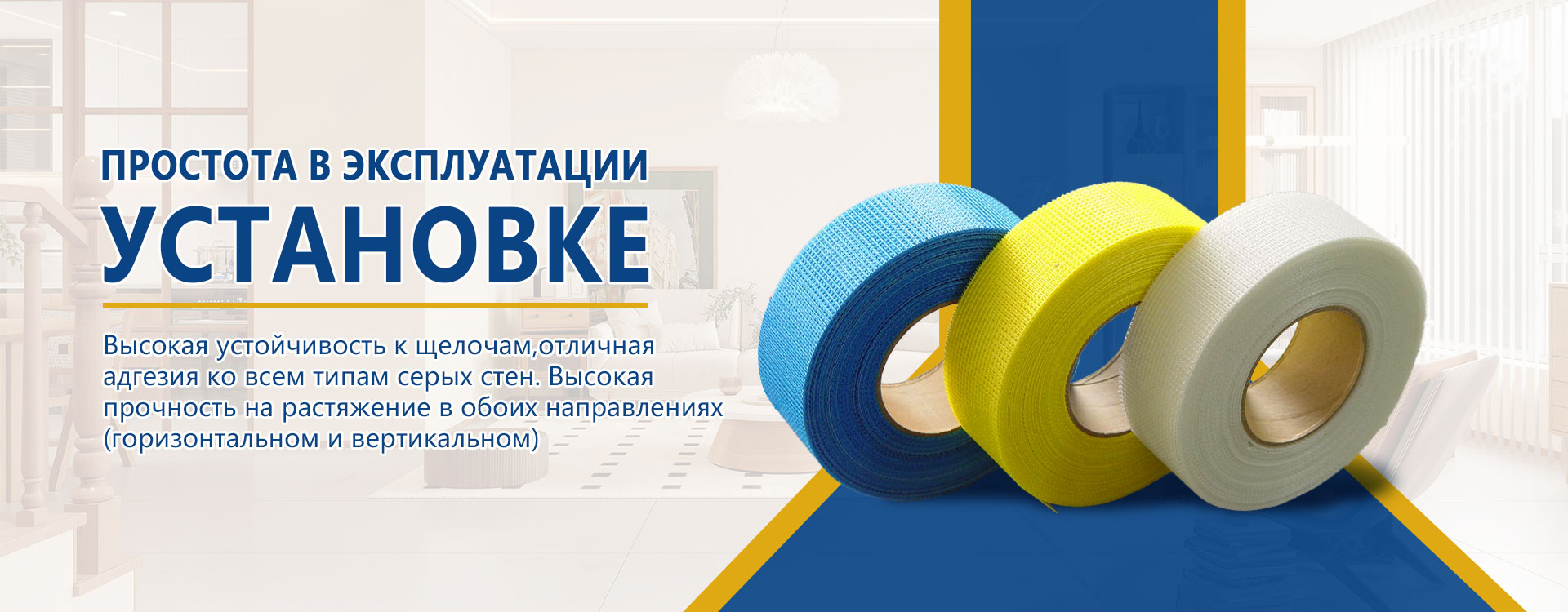
Best Sellingproducts
Best Selling Products-
 Fiberglass Mesh Fabric for EPS Special Improvement Line
Fiberglass Mesh Fabric for EPS Special Improvement Line -
 Fiberglass Mesh Fabric for Reinforcement of Stone and Mosaic Substrate
Fiberglass Mesh Fabric for Reinforcement of Stone and Mosaic Substrate -
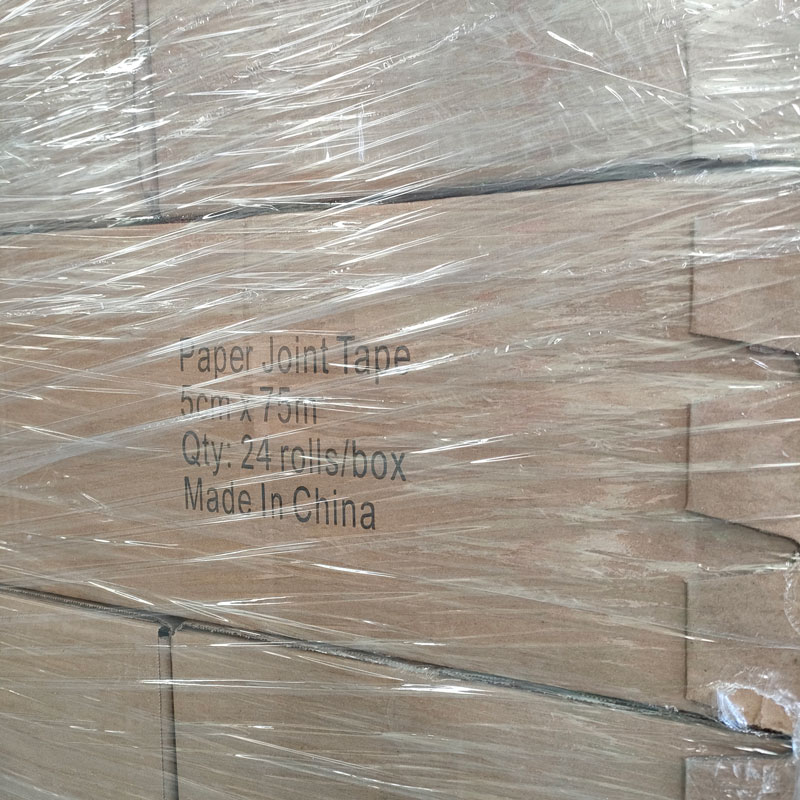 Paper connecting tape
Paper connecting tape -
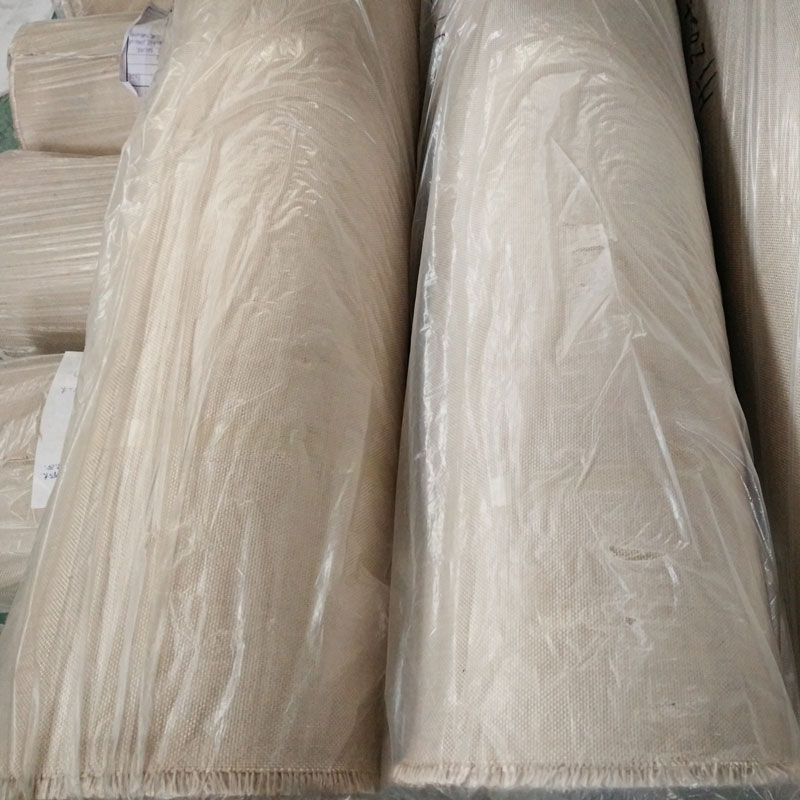 Fiberglass fabric
Fiberglass fabric -
 Spray masking protective film
Spray masking protective film -
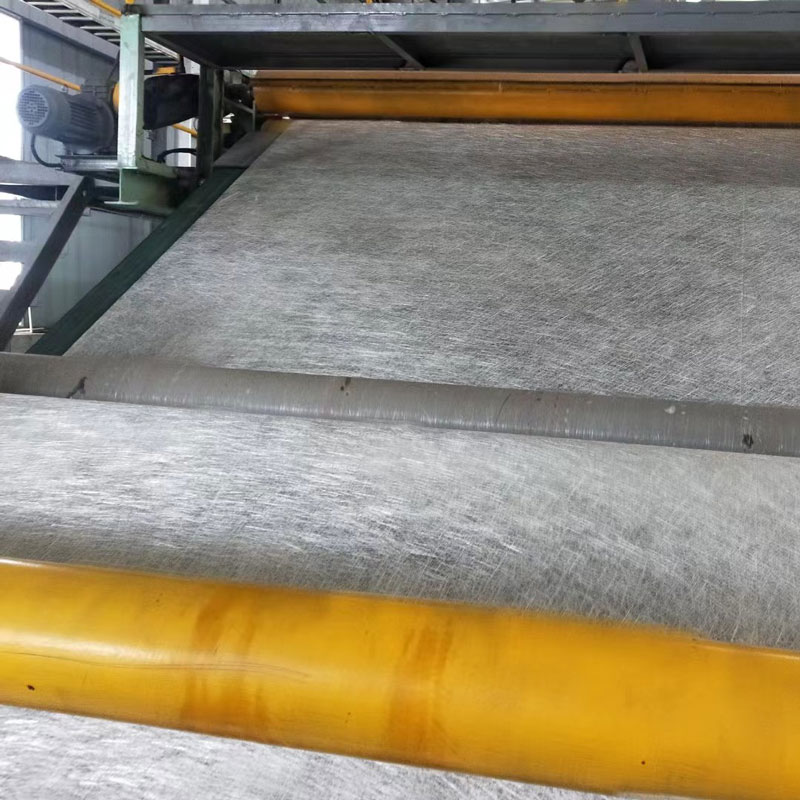 Chopped fiberglass felt
Chopped fiberglass felt -
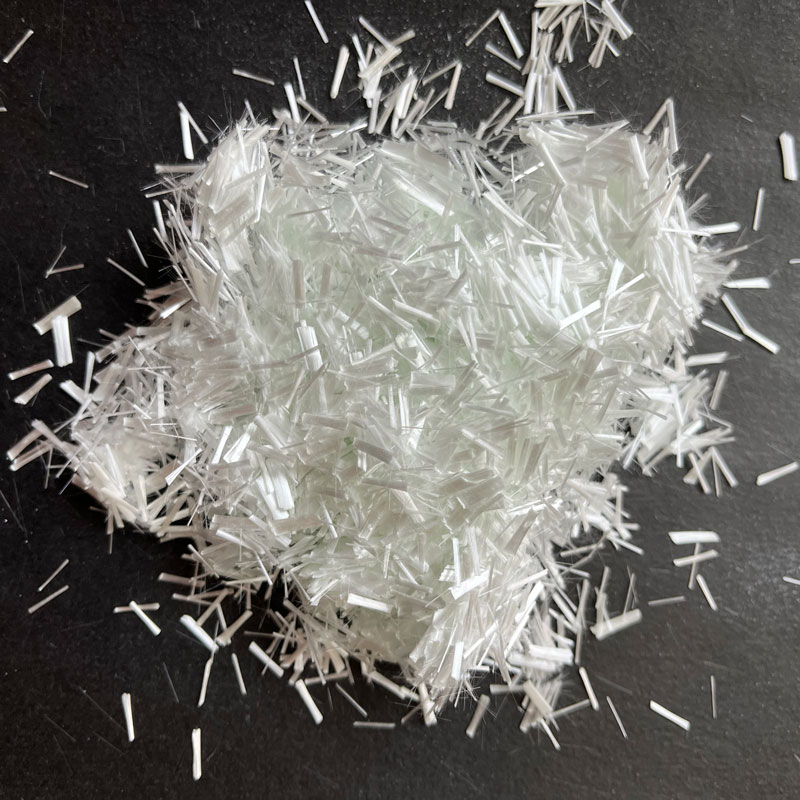 AR fiberglass cut thread
AR fiberglass cut thread -
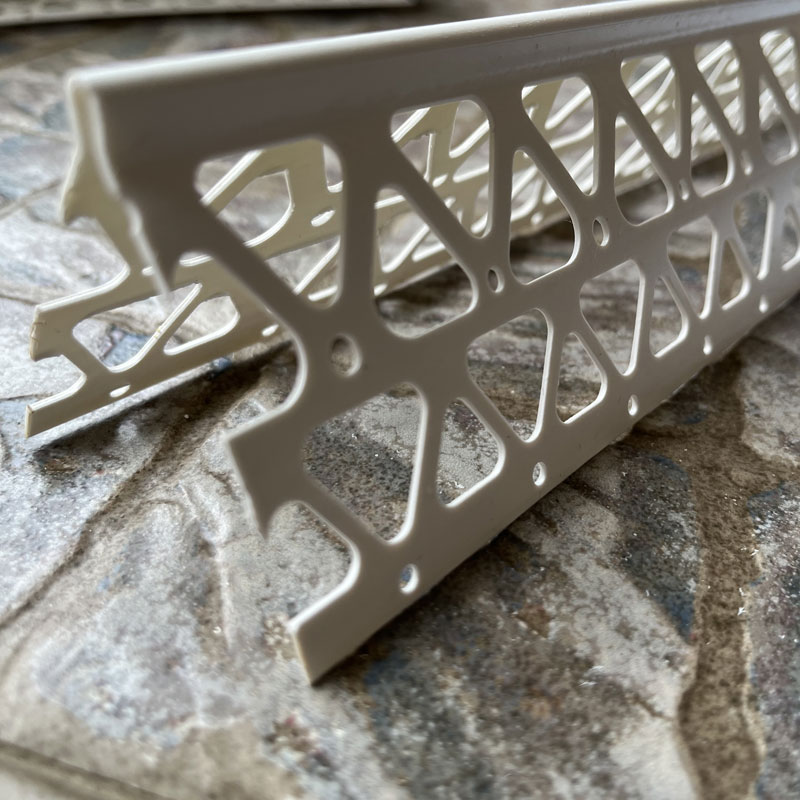 PVC corner edge
PVC corner edge -
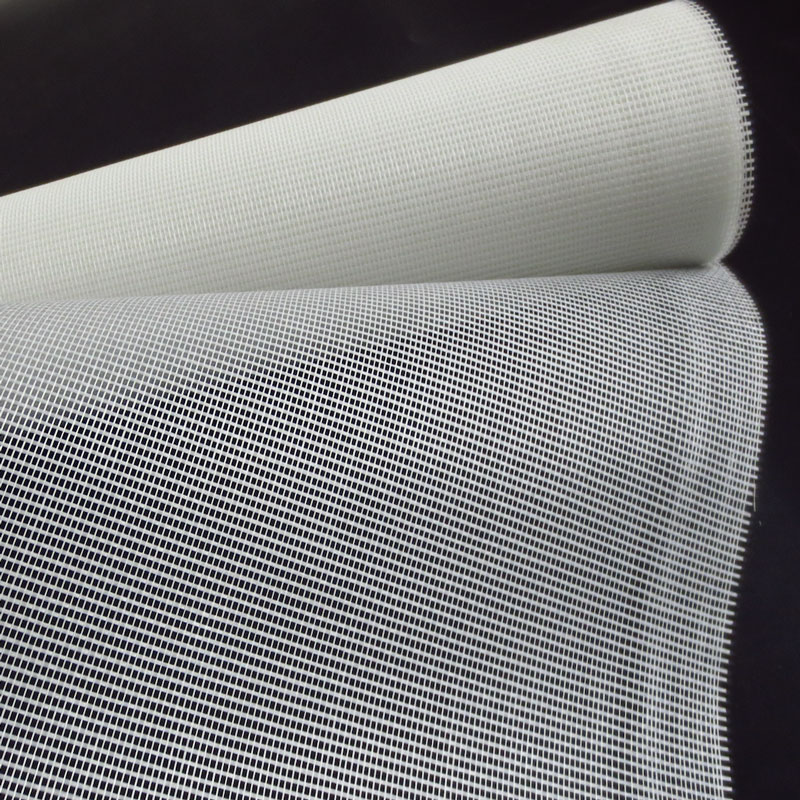 Fiberglass mesh for roof waterproofing
Fiberglass mesh for roof waterproofing -
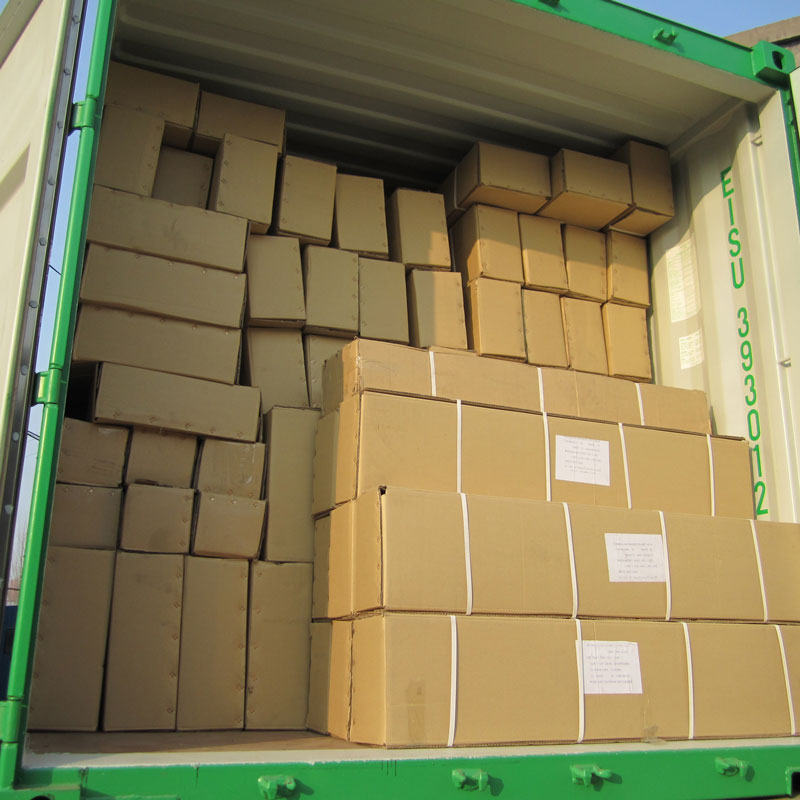 Fiberglass Window Screen
Fiberglass Window Screen -
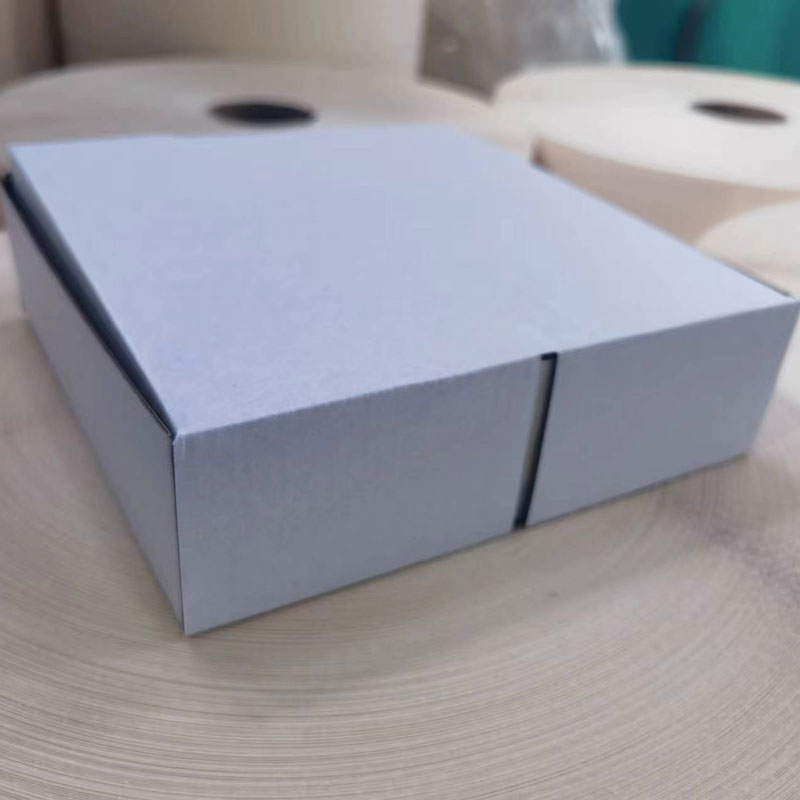 Metal Corner Tape
Metal Corner Tape -
 Fiberglass reinforced plastic board
Fiberglass reinforced plastic board
Connectedsearch
Related Search- wholesale fiberglass mesh fabric 5 5mm exterior wall mesh fabric manufacturer
- 5x5mm fiberglass woven plaster mesh manufacturers in China
- Chinese Exterior Plaster Mesh Suppliers
- Chinese plaster mesh manufacturers certificates
- Comeforte Fiberglass Insect Screen Suppliers from China
- Cheap 2x2mm Dyed Fiberglass Mesh Fabric 1x50m Factory
- China suppliers plaster mesh fabric 10x10
- Chinese factory fiberglass mesh fabric for painting
- Cheap fiberglass curtain wall mesh fabric 5x5 factory
- Cheap 5x5mm fiberglass plaster mesh fabric factory


